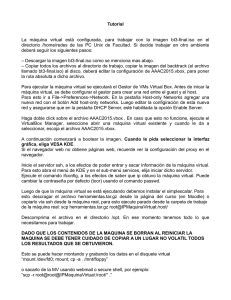

Each software package consists of an archive of files along with information about the package like its version, a description, and the like. The RPM Package Manager (RPM) is a powerful command line driven package management system capable of installing, uninstalling, verifying, querying, and updating computer software packages. What is other path to apache config file except /usr/local/apache/conf/nf? is /usr/local/apache directory is already been there before installing apache?ģ. After editing the config file you need to restart Apache.

Make sure to remove the # comment mark.Ħ. Look for this line or something similar already in the nf file and replace it with the above. To enable Apache and PHP to work together the following line needs to be added Tell Apache to parse certain extensions as PHP. LoadModule php5_module libexec/libphp5.soĪnd in the AddModule? section of nf, somewhere under the ClearModuleList?, add this: LoadModule php4_module libexec/libphp4.so The path on the right hand side of the LoadModule? statement must point to the path of the PHP module on your system. To configure Apache edit /usr/local/apache/conf/nf and set the your document directory and any other Apache settings you may want. If you prefer your php.ini in another location, use -with-config-file-path=/some/path while configuring PHP with the command. However, you can set various options such as a default MySQL username and password. Edit this file setting the options you wish, generally nothing needs to be edited. To configure PHP copy php.ini-dist which is in the PHP src directory to /usr/local/lib/php.iniĢ. This will install Apache in the /usr/local/apache directory. activate-module=src/modules/php4/libphp4.a Note that unless told otherwise, 'make install' will also install PEAR, various PHP tools such as phpize, install the PHP CLI, and more. You only need to restart apache for the new module to take effect. If you decide to change your configure options after installation, you only need to repeat the last three steps. First download the required packages to a directory.Įxtract the Apache and PHP Packages into that directory:įollowing are the steps to install Apache and PHP in the directory /usr/local/apacheĢ./configure -prefix=/usr/local/apache Installation Instructions (Apache Shared Module Version) for PHPġ. I tried sometime to install apache and configure php to work with it.I have some things to share.I have noted the steps I followed and found out the answers to few questions that came into my mind.See if this helps you.


 0 kommentar(er)
0 kommentar(er)
